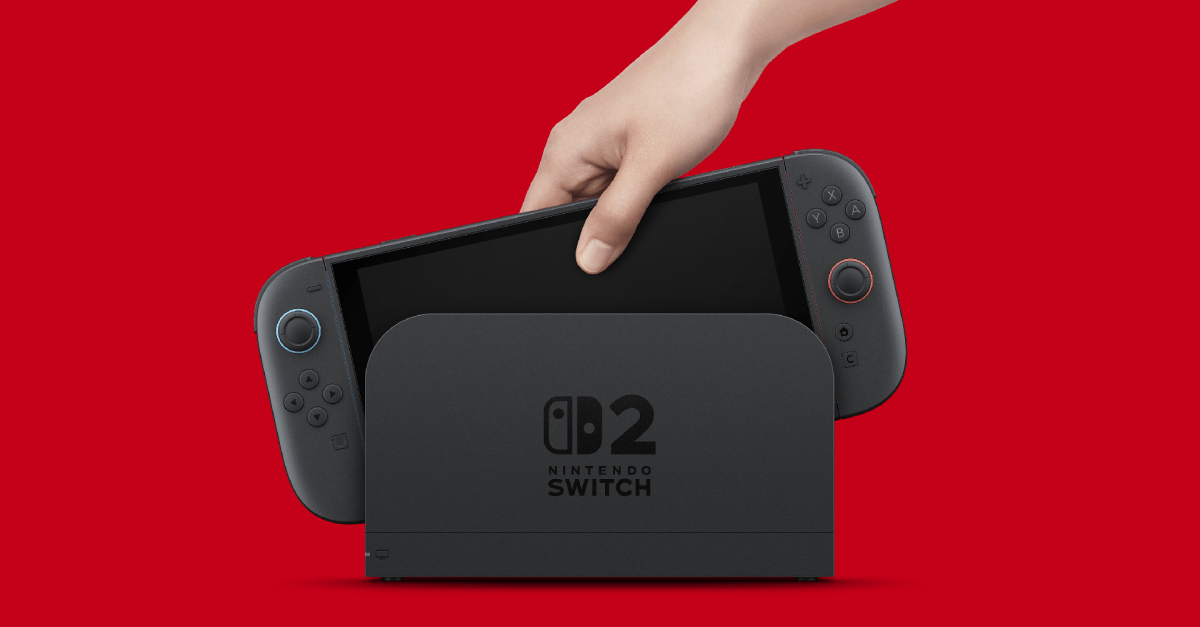Lost in Translation: Hollow Knight: Silksong Sparks Outrage Among Chinese Gamers

Despite garnering a robust 'Mostly Positive' review score on Steam and boasting concurrent user numbers that would make even AAA game developers envious, the highly-anticipated Hollow Knight: Silksong appears to have struck a different chord with its Chinese player base. While the game has generated significant global excitement, the reception among Chinese gamers seems notably more tepid, presenting an intriguing contrast to the widespread anticipation surrounding the sequel.








